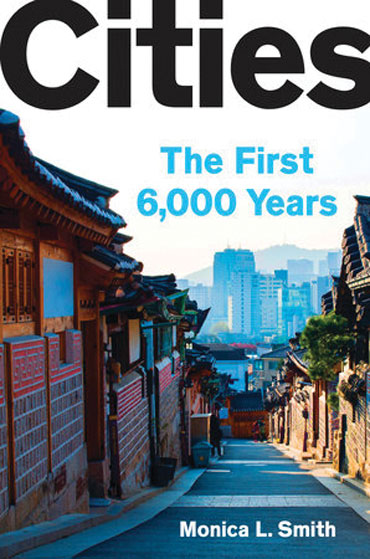‘Cities’ reveals common ground between ancient and modern urban life
A new book chronicles 6,000 years of metropolitan history

URBAN LEGEND Tokyo (shown above) and other modern metropolises can trace their roots back some 6,000 years to Tell Brak, the oldest known city, located in what is now Syria.
Andre Benz/Unsplash
 Cities
Cities






